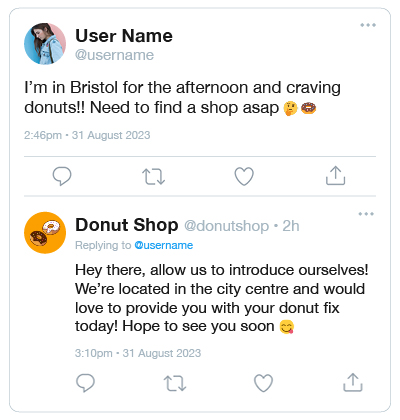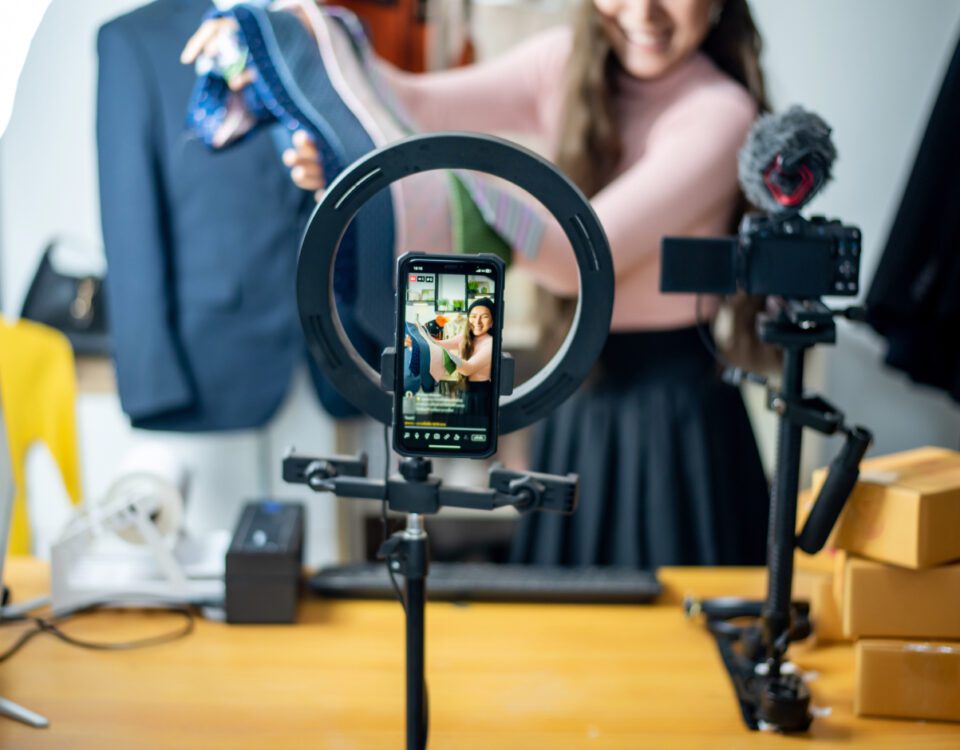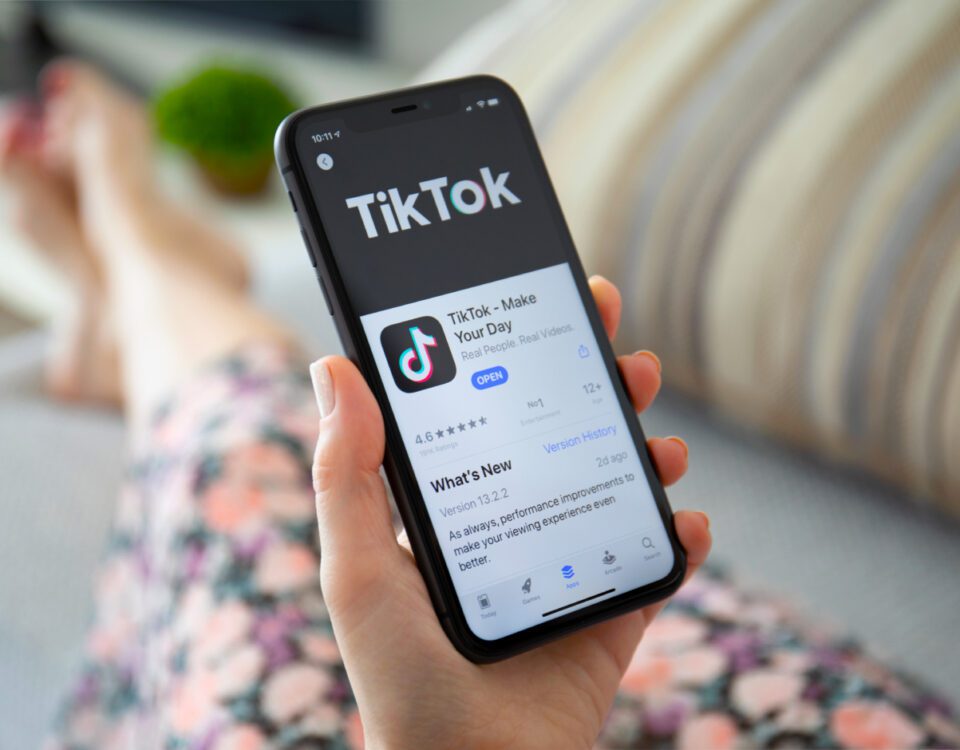Share
Being reactive to your customers’ wants and needs is an essential part of the online experience - a customer submits an enquiry, so you respond; another raises a complaint, so you find a way to troubleshoot the issue. However, being proactive is also highly important. This means anticipating scenarios before they actually happen, starting conversations with social media users that haven’t directly contacted your brand, and generally making the first move when it comes to audience interactions.
Proactive engagement shows people that your business is readily available for all kinds of conversations and isn’t afraid to get involved when opportunities for communication arise, rather than waiting for customers and fans to reach out with queries or requests. If you haven’t yet incorporated this activity into your Community Management strategy, read on to learn how and why it should be done.
Use Live Chat to Start Conversations
One example of proactive engagement is using Live Chat to start conversations with prospective customers who are currently browsing your website. Many Live Chat plugins allow you to set up an automated first message that welcomes shoppers and tells them that a customer service rep is available to talk if they have any questions. From here, a member of your team can jump in and continue the chat, responding to enquiries, offering personalised recommendations and clearing the customer’s path to checkout.
This type of interaction makes the customer’s online experience feel similar to one they would have in a physical location, wherein a member of staff would greet them as they enter the store and let them know that they’re here to help. It has tangible benefits for your brand too - using Live Chat proactively has been proven to result in an impressive 305% ROI!


Upsells and Cross-sells
Another form of proactive engagement is upselling and cross-selling, both of which can also be done via Live Chat. Upselling means suggesting a higher value item to a customer than the one currently in their cart, while cross-selling means encouraging customers to purchase add-ons or accessories to complement the item they’re currently buying, therefore increasing the total value of the sale.
Of course, you should never be pushy with your customers, as this can be off-putting and may deter them from completing the purchase at all. However, there’s nothing wrong with gently making them aware of the benefits of a higher-end product or additional item and showing them how it will meet their needs. Just remember that customers will rarely pay more than 25% of what they originally planned to spend, so ensure that the product you’re trying to upsell is within a reasonable price range.
Keep Customers Updated
If your company is facing an issue such as shipping delays or service interruptions, you should alert customers as soon as possible via social media, email or text so they know what to expect in advance. Being aware of a problem but not telling your customers is likely to result in a higher volume of enquiries, increased frustration and negative sentiment, so it’s always best to be proactive and share important information before it spirals into a bigger crisis. For businesses offering software or other digital services, it can be a good idea to set up a status portal where customers can check for outages or system errors and monitor their progress in real time, allowing them to see when things will be back up and running without having to ask.
Social Listening
Social Listening involves tracking specific keywords and phrases on social media to see what’s being said about your brand and industry. It’s a great way to start conversations with users who aren’t yet aware of your brand but are on the lookout for a product or service that you offer.
For example, a donut shop located in Bristol monitoring the keywords ‘donuts’ and ‘Bristol’ would be able to pick up the following post despite not being tagged, giving them an opportunity to introduce themselves and make the prospective customer aware of their existence - hopefully resulting in a subsequent visit.


It’s best to use a dedicated listening tool for this task so that you can be directly notified of any mentions. However, if your business doesn’t have access to one, you can also conduct Social Listening manually by simply searching for your desired keywords and phrases on a regular basis using the search facility on each social platform and sorting the results by most recent.
Provide FAQs
Offering self-service options to your customers is another good way to be proactive and reduce the amount of enquiries they need to submit - a win-win for both you and them! In fact, 67% of consumers like to use self-service facilities when they have a query about a product. This could include a knowledge base with instructional videos on your website, or a series of FAQs featured as a pinned post on your social media pages.
Before assembling your FAQs, use sentiment analysis to monitor recurring enquiry topics so you can see which areas of your brand are generating the most questions, and therefore which parts you need to provide more information about.
Trendjacking
‘Trendjacking’ or ‘newsjacking’ is a big part of proactive engagement. This means jumping onto viral news stories, current affairs and pop culture moments, and adding your own comment or meme that links the trend with your brand in some way. Keep an eye out for popular content from celebrities, musicians, influencers and even other brands, and see if you can think of a fun note to add that will show your humorous side while also lightly promoting your brand.
Just remember to tread carefully when commenting on or quote-sharing news articles. It’s best to stick to ones that are lighthearted and casual in nature rather than those covering serious or controversial topics, as approaching these wrongly could damage your brand image and put your reputation at risk. Similarly, it’s fine to use a cheeky or sassy tone when commenting on a trend or participating in a meme, but make sure you don’t overstep the line by coming across as rude or disrespectful.
When a photo of a dress went viral on social media back in 2015 because users couldn’t agree on what colour it was, Dunkin Donuts took advantage of the phenomenon to advertise their product.
Doesn't matter if it’s blue/black or white/gold, they still taste delicious. #thedress pic.twitter.com/Oq8srrAKnd
— Dunkin' (@dunkindonuts) February 27, 2015
More recently, Burger King UK used a trending video of an idyllic landscape that looked like it belonged in an animated Studio Ghibli movie to make a comedic comment about it being the perfect spot for one of their restaurants.
A Burger King would look great here https://t.co/8OiZ0CIJAy
— Burger King (@BurgerKingUK) August 10, 2023
These are great examples of proactive engagement, because while in both cases the original content wasn’t about either of the brands, they each found ways to form a connection between themselves and the two viral moments, making viewers laugh and showing that they’re on the ball with current social media trends.
Ask for Feedback
Proactive engagement can also take place after a customer has made a purchase or paid a visit to your establishment. Instead of waiting around to see if they’ll leave feedback about their experience, make the first move and ask them to submit a review on Google, Facebook, Tripadvisor or another feedback platform - either by speaking to them face to face while they’re still at your location, or by sending an email, text or social media message after the sale. 70% of customers say they’re happy to leave a review when asked, so if you aren’t actively requesting feedback, it’s likely that you’re missing out on key insights and opinions from your audience that can be used to improve your product, service or processes.
You can also add a CSAT (Customer Satisfaction) survey to the end of your Live Chat conversations to find out how people feel about the standard of customer service you’re providing. This can feature a few simple questions such as “How satisfied were you with the service you received today?” along with a corresponding scale, such as 1-5 or 1-10. Once you’ve accumulated a number of responses, you can use your findings to make changes to your Live Chat strategy and celebrate the areas that are performing well.


Summary
It may seem daunting to make the first move when interacting with your customers and social media audience, but when done right, proactive engagement will make your business stand out from its competitors and can ultimately boost brand love. Instead of leaving your customers to fend for themselves, make space within your Community Management strategy for both reactive and proactive communications - and where possible, stay one step ahead by sharing information with customers before they have to reach out to you.
Want a team of social media experts to provide proactive engagement on behalf of your brand? Get in touch today to find out how we can take your online conversations to the next level.










